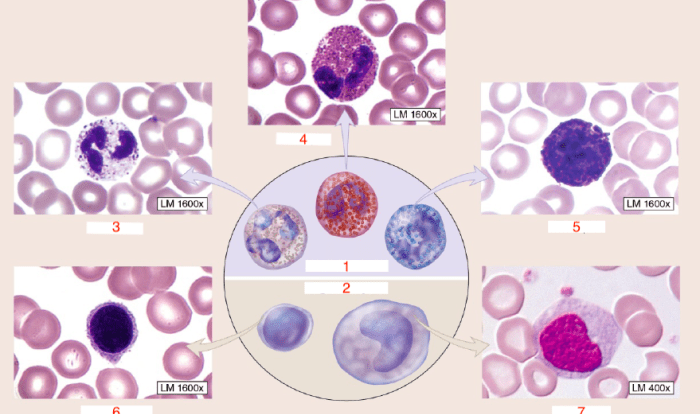Embark on an exploration of the invaluable resource known as the test bank anatomy and physiology 2, an indispensable tool for students seeking to excel in their studies. This guide will illuminate the intricacies of test banks, their types, benefits, ethical considerations, and effective utilization, empowering learners with the knowledge to maximize their academic potential.
Test banks serve as a repository of practice questions, offering students the opportunity to gauge their understanding of complex anatomical and physiological concepts. They facilitate self-assessment, reinforce learning, and enhance exam preparation, contributing significantly to academic success.
Definition of a Test Bank
A test bank is a collection of pre-written test questions, often used by educators to assess student knowledge and understanding. It serves as a repository of questions that cover a specific subject area or course.
Types of Test Banks: Test Bank Anatomy And Physiology 2
Test banks vary in their format, content, and purpose. Common types include:
- Computerized Test Banks:Delivered electronically, allowing for online testing and automatic grading.
- Printed Test Banks:Physical collections of questions available in book or booklet form.
- Subject-Specific Test Banks:Focus on a particular subject or course, providing questions tailored to specific topics.
- General Test Banks:Cover a broad range of topics within a discipline, providing a wider selection of questions.
Anatomy and Physiology 2 Test Bank
An anatomy and physiology 2 test bank typically includes questions covering:
| Topic | Description |
|---|---|
| Cardiovascular System | Structure and function of the heart, blood vessels, and circulatory system |
| Respiratory System | Structure and function of the lungs, airways, and respiratory system |
| Endocrine System | Hormones, glands, and their roles in regulating bodily functions |
| Nervous System | Structure and function of the brain, spinal cord, and nervous system |
| Muscular System | Structure and function of muscles, including skeletal, smooth, and cardiac muscle |
Questions may range in difficulty from basic to advanced, covering both theoretical and practical aspects of the subject.
Benefits of Using a Test Bank
- Enhanced Understanding:Provides practice and repetition, reinforcing concepts and improving retention.
- Exam Preparation:Simulates exam conditions, allowing students to familiarize themselves with question types and identify areas for improvement.
- Self-Assessment:Enables students to gauge their progress and identify areas where additional study is needed.
Considerations for Using a Test Bank
While test banks offer benefits, responsible use is crucial:
- Ethical Concerns:Test banks should not be used for plagiarism or cheating.
- Over-Reliance:Avoid relying solely on test banks, as they may not cover all aspects of the course material.
- Critical Thinking:Test banks should be used to supplement active learning and critical thinking, not replace them.
Alternatives to Test Banks
- Textbooks:Provide comprehensive coverage of course material, including explanations, examples, and practice questions.
- Online Resources:Offer interactive simulations, quizzes, and practice questions, providing a dynamic learning experience.
- Practice Questions:Created by instructors or found in study guides, these questions can provide targeted practice on specific topics.
FAQs
What is the purpose of a test bank?
A test bank is a collection of practice questions designed to assess students’ understanding of a subject. It provides students with the opportunity to self-assess their knowledge, identify areas for improvement, and prepare for exams.
What are the benefits of using a test bank?
Using a test bank offers numerous benefits, including enhanced understanding of concepts, improved exam preparation, and increased confidence in subject matter.
How can I use a test bank effectively?
To effectively utilize a test bank, students should engage in active learning by attempting questions, reviewing explanations, and seeking clarification when needed. They should also avoid over-reliance on test banks and prioritize independent learning.
